Conisbrough Castle
OS grid reference:- SK 5198
Imposing Conisbrough Castle is situated in the Don Valley. In its present form the castle dates back to twelfth century.
The castle's circular keep rises to some ninety seven feet high and is supported by six huge buttresses which dominate the skyline in the Don Valley.
The design of Conisbrough's keep is unique in England, and the historians Oliver Creighton and Stephen Johnson consider it an "architectural gem" and "one of the finest examples of late Norman defensive architecture". Its unique design is similar only to Mortemer a French castle near Dieppe that was also owned by the De Warenne family. The castle is reputed to be the inspiration for Sir Walter Scott's famous novel 'Ivanhoe' published in 1819.
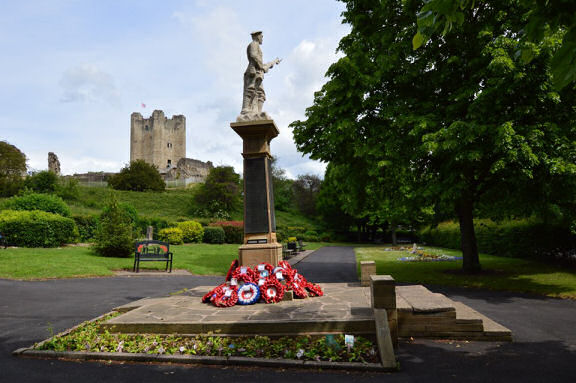
The castle is situated in a natural defensive position, with a hill rising to the west, with the gap between the hill and the castle forming a deep ravine. This ravine was crossed by way of a drawbridge which was the only entrance to the castle.
In the eleventh century Conisborough was owned by Harold Godwinson, later King Harold II. The name is thought to derive from the Anglo-Saxon 'Cyningesburh', meaning 'the king's fortress'. Following the Norman Conquest of 1066 it was granted to William de Warrene, the husband of William the Conqueror's youngest daughter Gundred. De Warrene was documented to have fought at the Battle of Hastings. William de Warrene was later created Earl of Surrey by the Conqueror's successor, William II 'Rufus'.
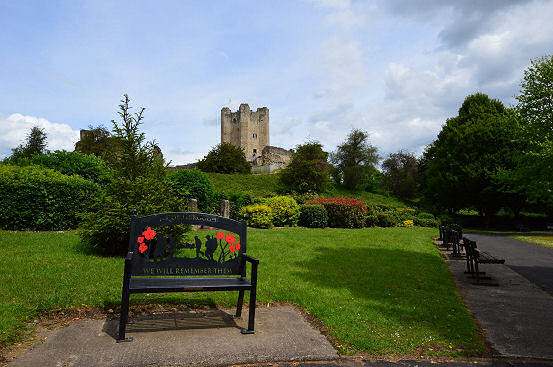
The first castle to occupy the site was a wooden pallisade. This was replaced by a stone castle in the present design by Hamelin Plantagenet, illegitimate son of Geoffrey Plantagenet, Count of Anjou and therefore a half-brother of Henry II.
Earl Hamelin owned Conisbrough through his marriage to the heiress Isabel de Warrene, 4th Countess of Surrey and one of the richest heiresses in England, after which he took the name de Warenne, his descendants were known as de Warenne thereafter. Hamelin spent much of his time at Conisbrough favouring the castle above all other of his residences. Hamelin played host to his nephew King John, at Conisburgh in 1201. Hamelin died in 1202 and was buried beside his wife in the Chapter House at Lewes Priory in Sussex. He was succeeded by his son, William de Warenne, 5th Earl of Surrey.
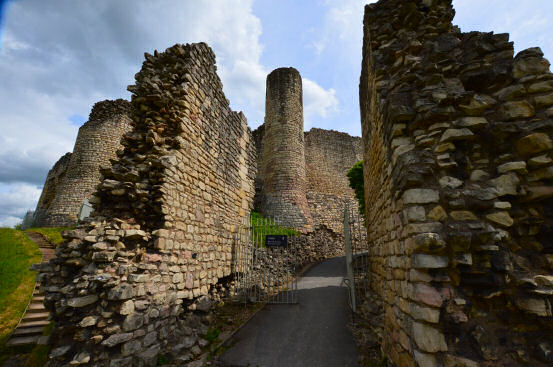
The imposing stone keep dates to his time, and was probably constructed by Hamelin and his son William between 1180 and 1190. Shortly after the keep was completed, a stone curtain wall was added for further defense.
In 1317 the Yorkshire lands of the de Warenne family were captured by Thomas Earl of Lancaster during a rebellion which he led against King Edward II. The rebellion was quashed at the Battle of Boroughbridge in 1322 and Thomas was captured and charged with treason. Thomas of Lancaster was executed outside the walls of Pontefract Castle in West Yorkshire.
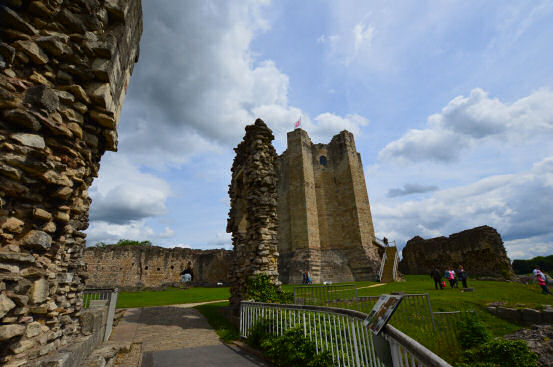
Conisbrough Castle was then taken by the king, who ordered repair work to be carried out on both Pontefract and Conisbrough. The castle eventually returned into the hands of the De Warenne family in 1326 when John de Warenne became custodian.
John de Warenne died in 1347 with no surviving descendants, as he had outlived all his three sons. Conisbrough Castle accordingly reverted back to the Crown. King Edward III gave the castle to his son Edmund Langley, Duke of York. Edmund carried out renovation of the inner ward accommodation. Edmund died in 1402 and the castle passed to his eldest son Edward, Duke of York.
The Duke of York was killed at the Battle of Agincourt in 1415, reported to have smothered in his own armour in the press. The castle passed to his nephew, Richard Duke of York, the son of his younger brother, Richard of Conisburgh, 3rd Earl of Cambridge, who had been born in the castle and had been executed in 1415, for his part in the Southampton Plot, a conspiracy against King Henry V. Richard Duke of York, claimed his cousin Henry VI's throne and died in 1460 at the Battle of Wakefield, during the Wars of the Roses. Richards's son, Edward of York, then inherited Conisbrough and following his coronation as Edward IV in 1495 Conisbrough became a permanent royal castle.
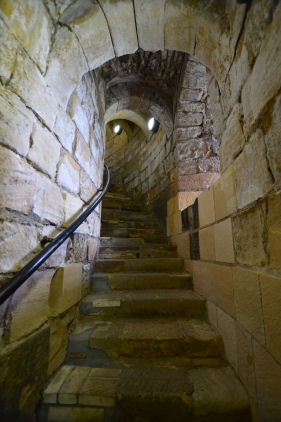
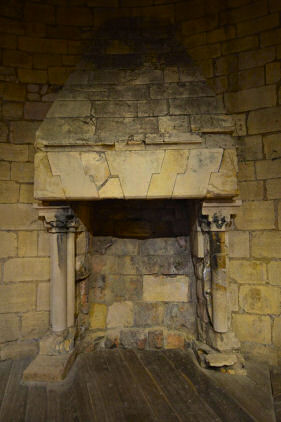
The castle ceased to be used during the fifteenth century, and by the Tudor period it had degenerated to such a point as to be described as ruinous. In 1859 Sackville Lane Fox the 12th Baron of Conyers purchased the castle, it remained in the possession of the Fox family until it was sold in 1949 to English Heritage.
Images cortesy of Paul Johnson. Image copyright- Paul Johnson, 2019 All rights reserved.
Directions
Located north-east of Conisbrough town centre off A630; 4 1/2 miles south-west of Doncaster.
Sat Nav -Postcode: DN12 3BU Latitude: 53.484041 Longitude: -1.224306
Parking -Parking is available roughly 200 metres from the visitor centre. The car park is free of charge. There is parking for four coaches off site, and a drop off area located roughly 100 metres from the visitor centre.
St. Peter's Church, Conisbrough
